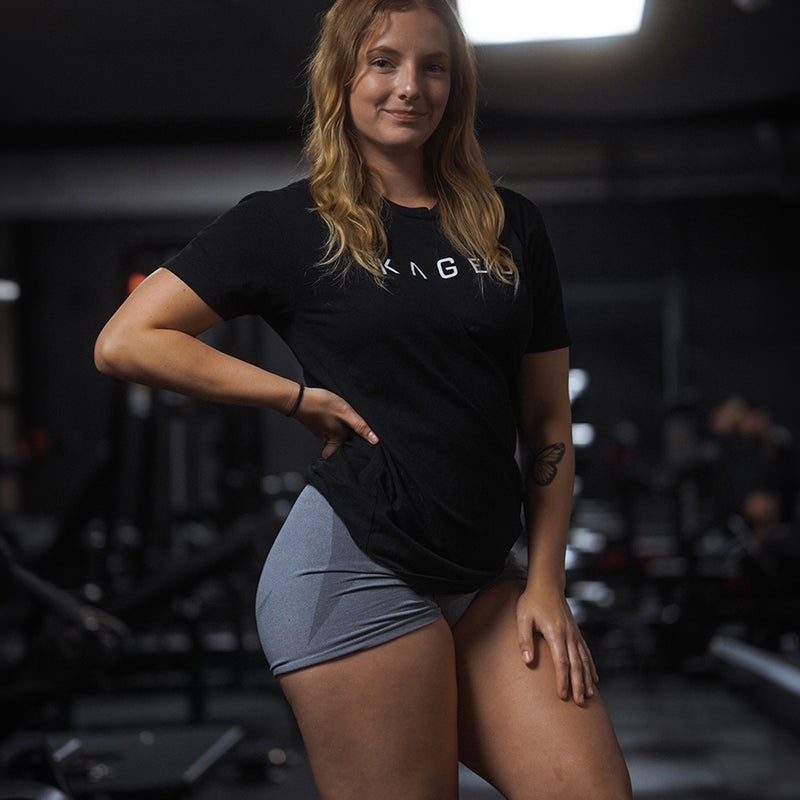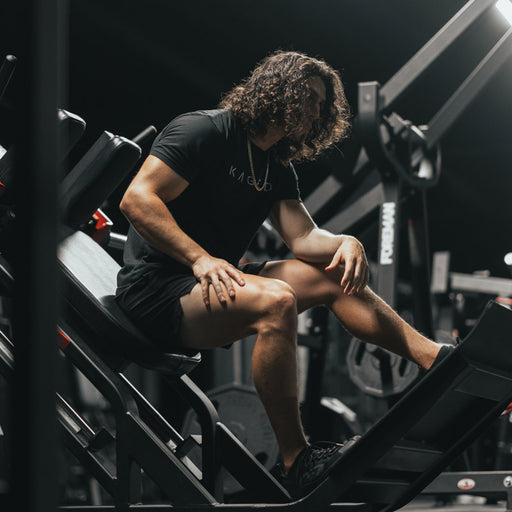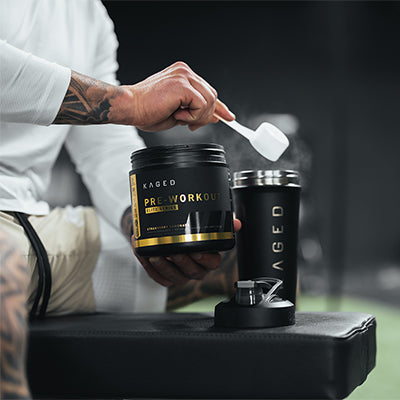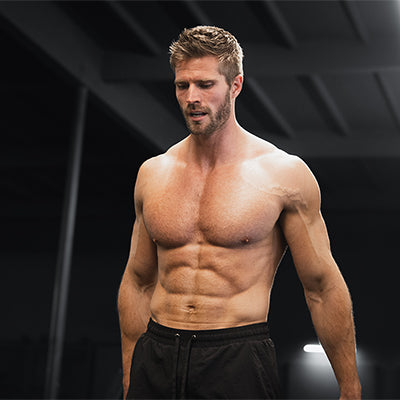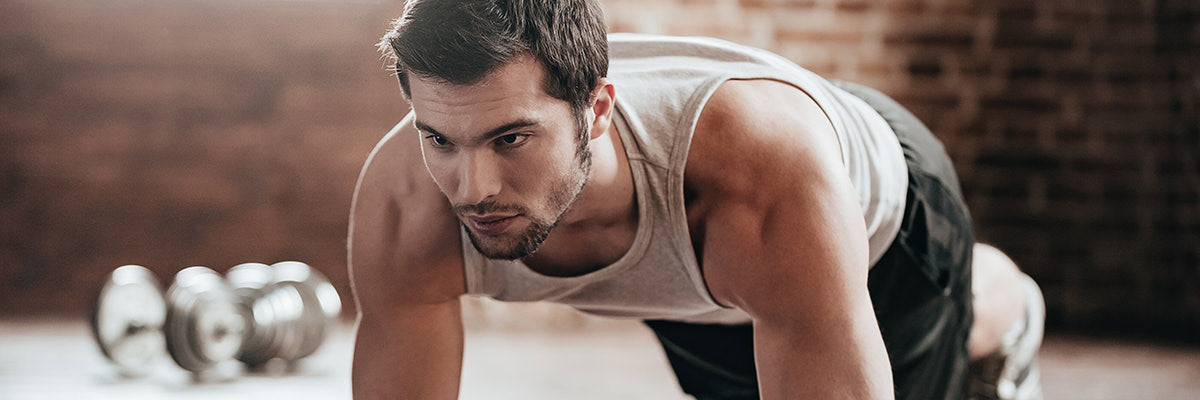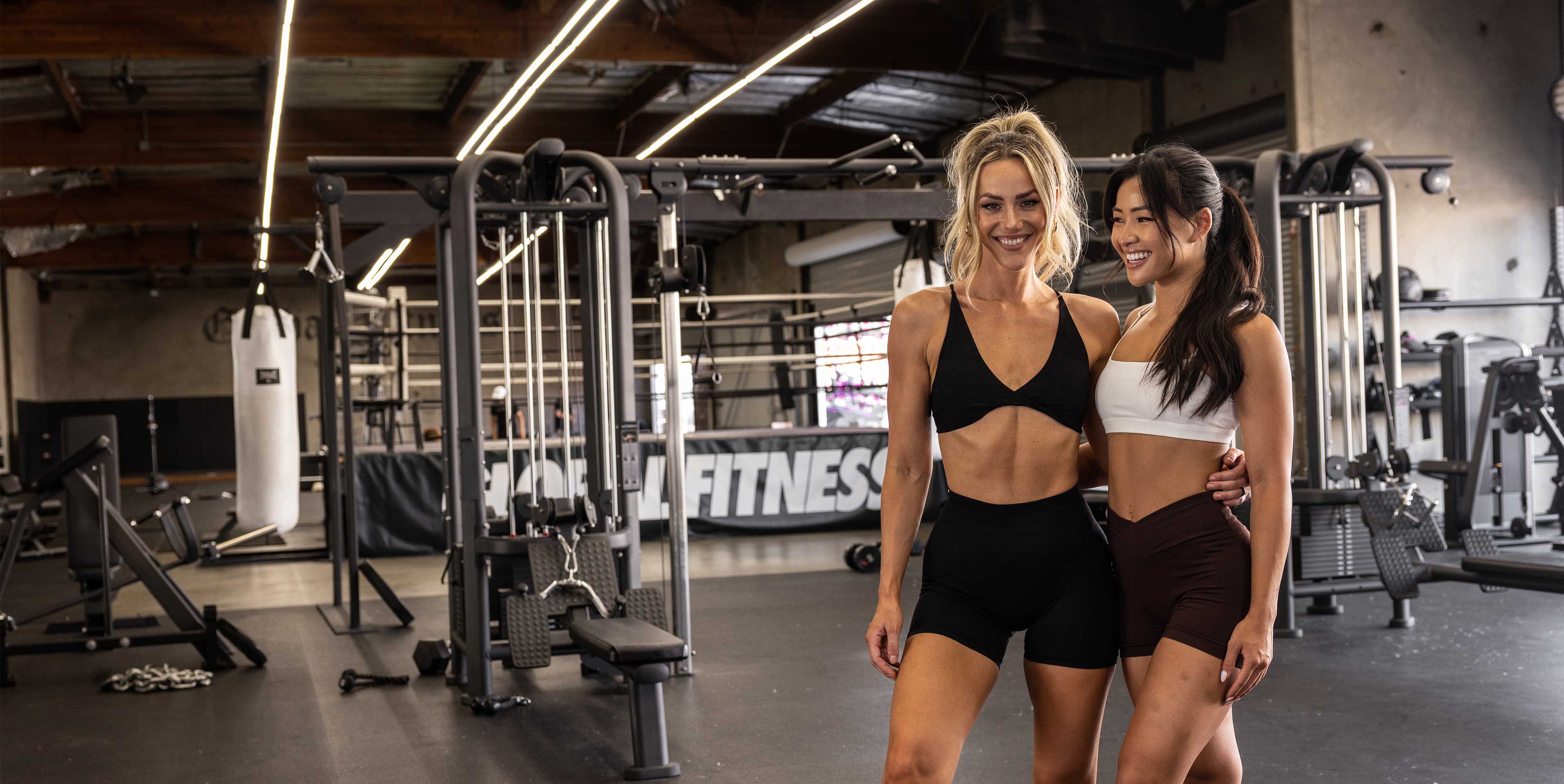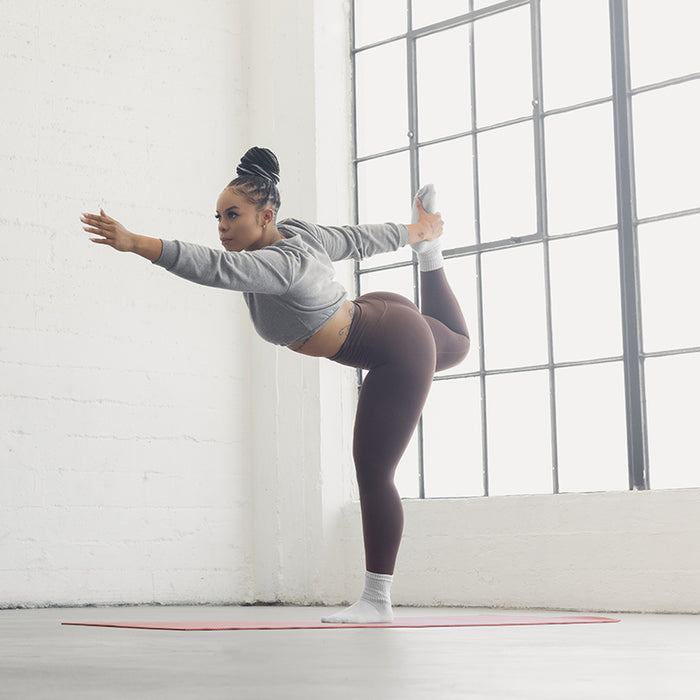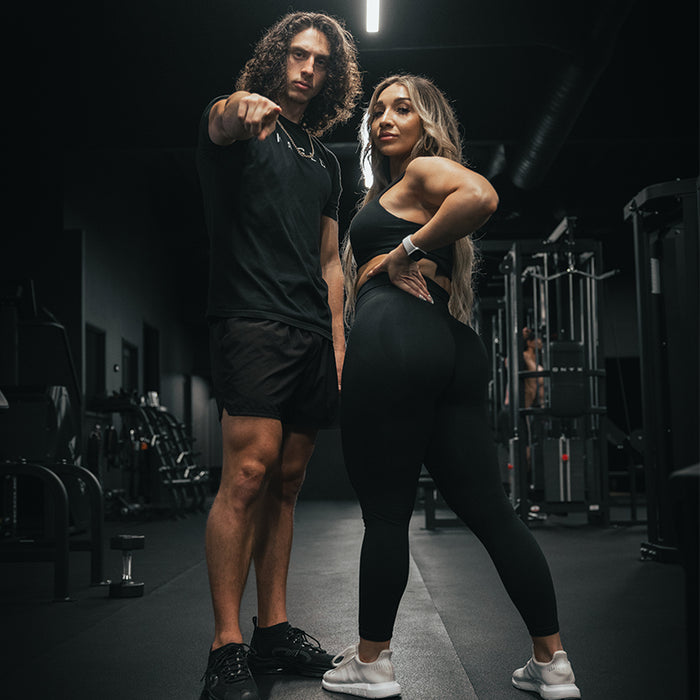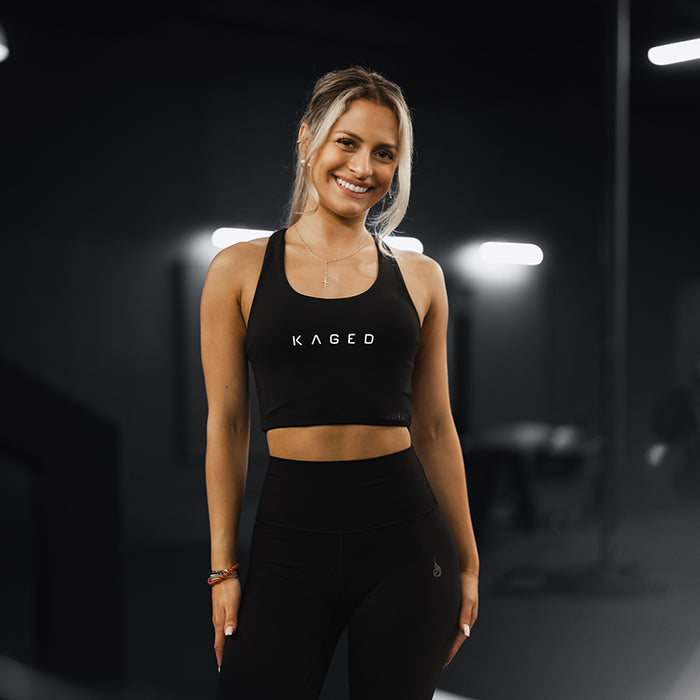If you want to strengthen your core and build a great set of abs, the plank is definitely one exercise you’ll want to incorporate into your training. Planks are highly effective because they are an isometric contraction, meaning your muscles will have to stay contracted for the entire duration of the exercise, really boosting their overall endurance. An additional bonus of the plank is that they call so many muscles into play. You’ll engage each and every muscle in your core when doing the plank, so prepare to see some serious strength progress.
While most people are quite familiar with the standard plank hold, they may not be familiar with some of the variations included here. Let’s go over six great plank-based exercises that you can use to etch out your six-pack.
Plank on A Ball
If you’re looking for a simple variation of the standard plank, incorporating a ball is a great option. This alternative will destabilize half your body, ramping up the muscle contractions to keep your body in position.
How To: Place an exercise ball either under the hands or under the feet – it’s your choice. For extra variety, use your feet one week, and then move the ball to your hands the following week. Insider info: putting your hands on the ball is the more challenging option of the two.
Renegade Row
If you want to get multiple benefits by hitting your upper body at the same time, the renegade row is a perfect blank variation. This one has you doing a dumbbell row at the same time as you hold the plank, hitting your back along with your core.
How To: Get into a plank position balancing on your hands with your arms straight, a dumbbell placed beside each hand. From here, row the dumbbell up and into the body with one hand while the other keeps your balance. Row the weight back down to the ground, and then repeat for your set number of reps. Switch sides.
Arm and Leg Lift Plank
By reducing your base of support, you’ll increase the intensity of the plank and get those core muscles working even harder. That’s precisely what this arm and leg lift plank will do.
How To: Position yourself in a standard plank. Once you’ve found your balance, lift one arm and the opposing leg off the ground. Try and remain in position, keeping your hips squarely facing the ground (not allowing the torso to twist). Once one side is done, don’t forget to repeat with the other arm and leg.
Insider info: this is a very challenging plank, so don’t get discouraged if you can only hold it for a few seconds at first. Keep working at it and you will get better!
Straight-Arm Plank
If you’re a beginner and looking to simply add more variation to your workout routine from the standard plank, the straight-arm plank can be a good choice. Perfecting this movement will also help you move into the renegade row if that’s something you want to experiment with in a future workout routine.
How To: Get into your standard plank position and then place the hands on the floor, pushing yourself up to straighten the elbows, moving into a fully extended position, like the top portion of a push-up. Once in position, hold it, making sure the stomach stays tight and the body is in proper alignment.
Plank Jack
The plank jack is a cardio-based movement that also works your core strength beautifully, making it a great option whenever you need to boost the intensity of your training session. It’s a quick and easy exercise to add between other exercises as well, such as during circuit training.
How To: Get into a standard plank position. From here, you’ll jump the legs apart, as far as you can manage and then jump them back in again. Think of it like a jumping jack in a horizontal position. Keep your hips as low as possible as you jump your feet out and in. Repeat until designated reps are completed.
Dolphin Plank
Finally, the last plank to experiment with is the dolphin plank. This one is a terrific addition to the program when you want to achieve dynamic strength, which is strength that takes place while you are in movement. While the standard plank is great for building strength, as a stationary strength movement, it can only take you so far.
How To: From a standard plank position, begin to lift the bum upwards, so you move into an inverted V, keeping your feet in place. The degree of the V will depend on your shoulder flexibility so move as far as you can, but don’t push your shoulder joint too much. As you move into the V, your head will begin to look downward, so shift your gaze to your feet beneath you to keep your neck in safe alignment
The classic plank is one staple exercise that deserves to be a part of everyone’s program due to the benefits that it has to offer, but you don’t want your body to adapt to it and lose the effectiveness. These six variations provide plenty of options for you to try, to push your core to the next level.
Remember that whenever you perform these planks, using proper form is a must. If at any point your hips begin to drop, restart the exercise again after a brief rest period.









